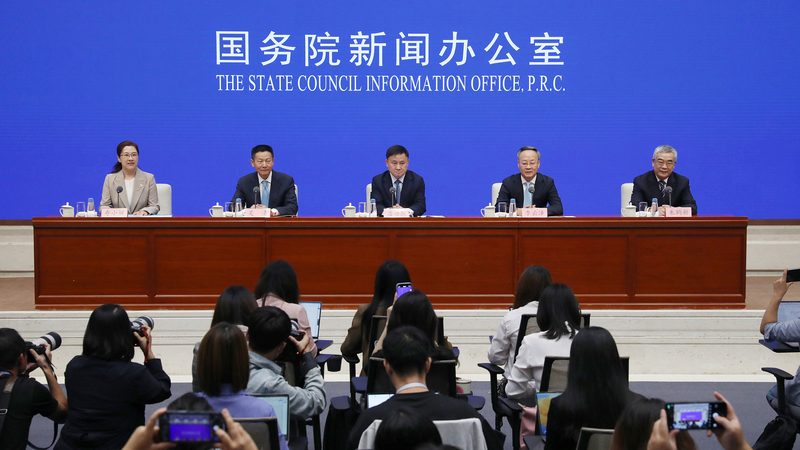As China charts its path through the 14th Five-Year Plan (2021–25), its financial sector is hitting new highs. From record-setting banking assets to a booming A-share market, officials at a recent State Council Information Office briefing highlighted milestones that underscore growing resilience and global clout.
Solid Growth in Core Financial Indicators
Pan Gongsheng, governor of the People’s Bank of China, reports that by June 2023, banking assets climbed to nearly 470 trillion yuan (about $66 trillion), the world’s largest. Stock and bond markets sit in second place globally, while foreign exchange reserves have topped $3 trillion for 20 years running.
Risk Mitigation on Track
Li Yunze, administrator of the National Financial Regulatory Administration, noted a sharp drop in high-risk institutions and assets, now a small, fully controllable slice of the sector. Dynamic clearing of risky small and medium-sized lenders across many provinces points to stronger safeguards for savers and businesses.
A-share Market and Long-Term Capital Inflow
China Securities Regulatory Commission chair Wu Qing shared that medium- and long-term funds in A-shares surged 32 percent since 2020, totaling 21.4 trillion yuan. In August, the A-share market value broke 100 trillion yuan (over $14 trillion) for the first time—marking a fresh milestone for global investors.
Stable Foreign Exchange Reserves Backing Growth
SAFE administrator Zhu Hexin confirmed reserves have held above $3 trillion since 2021 and stayed above $3.2 trillion for two years, providing a strong pillar for external stability and confidence amid global volatility.
Together, these achievements paint a picture of a financial system that not only supports China’s real economy but also strengthens its role in the global financial landscape—offering insights for entrepreneurs, investors, and young global citizens alike.
Reference(s):
China's financial sector achieves pivotal progress during 14th FYP
cgtn.com




